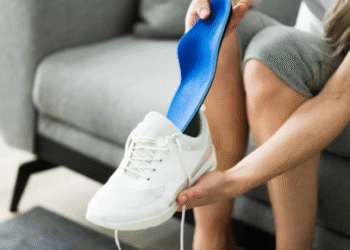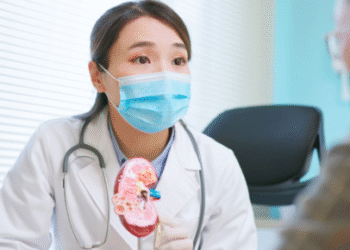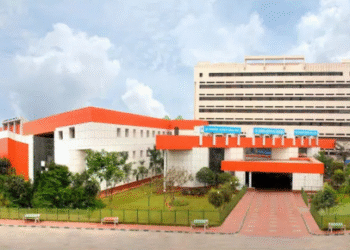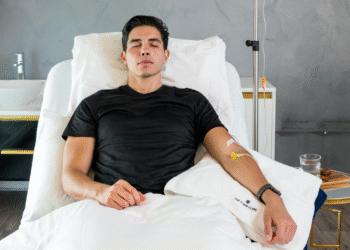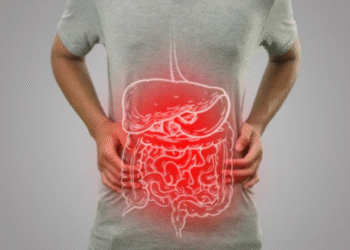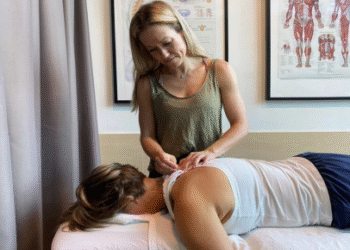Orthodontic treatment involves common procedures like braces and retainers that help align your teeth in the correct position. This enhances your oral health, form, and aesthetics due to well-aligned and occluding dentition. But there may be instances when your teeth alignment may relapse. The MEAW braces in Los Gatos are a type of orthodontic treatment that helps cases of orthodontic relapse to improve your quality of oral health and overall wellness.
An introduction to orthodontic relapse
Orthodontic relapse refers to the movement of teeth back to their original position after orthodontic treatment. This can occur due to various factors, including genetics, oral habits, and inadequate retention. Relapse can be frustrating for patients who have invested time and money in orthodontic treatment.
Causes of orthodontic relapse
The causes of orthodontic relapse can be divided into two main categories: biological and mechanical.
Biological Causes:
- Genetic predisposition: Teeth can move back to their original position due to genetic influences.
- Periodontal disease: Gum disease can cause teeth to become loose and move.
- Aging: Teeth can shift due to natural aging processes.
- Hormonal changes: Hormonal fluctuations can affect tooth position.
- Tissue memory: Teeth can return to their original position due to tissue memory.
Mechanical Causes:
- Inadequate retention: Failure to wear retainers as directed can lead to relapse.
- Poor retainer design: Ill-fitting or poorly designed retainers can contribute to relapse.
- Oral habits: Habits like thumb sucking, tongue thrusting, or nail biting can cause teeth to shift.
- Occlusal factors: Issues with the bite, such as uneven chewing forces, can contribute to relapse.
- Tooth wear and tear: Grinding or clenching habits can cause teeth to shift.
- Lack of follow-up care: Failure to attend regular orthodontic check-ups can lead to undetected relapse.
- Inadequate treatment: Insufficient or incomplete orthodontic treatment can increase the risk of relapse.
- Appliances and restorations: Poorly fitting appliances or restorations can contribute to relapse.
Understanding the causes of orthodontic relapse is crucial for preventing and treating it effectively.
Signs of orthodontic relapse
- Visible tooth movement: Teeth may appear to be shifting or becoming crooked again.
- Bite changes: The way teeth fit together may change, affecting chewing and speaking.
- Discomfort: Patients may experience discomfort or pain due to tooth movement.
Effective treatment options for orthodontic relapse
Treatment for orthodontic relapse depends on the severity and cause of the relapse. Options include:
- Retainer wear: Wearing retainers as directed can help prevent further relapse.
- Orthodontic retreatment: Additional orthodontic treatment through MEAW braces may be necessary to correct the relapse.
- Invisalign or clear aligners: Clear aligners can be used to correct minor relapses.
- Fixed appliances: Fixed appliances, such as braces, may be necessary for more severe relapses.
- Removable appliances: Removable appliances, such as Hawley retainers, can be used to correct minor relapses.
- Spring aligners: Spring aligners can be used to correct minor relapses.
- Orthodontic elastics: Elastics can be used to correct bite issues contributing to relapse.
- Periodontal treatment: Treating gum disease can help prevent further relapse.
- Habit correction: Correcting oral habits, such as thumb sucking or tongue thrusting, can help prevent relapse.
- Monitoring and maintenance: Regular orthodontic check-ups and retainer wear can help prevent and detect relapse early.
The goal of treatment is to restore the original orthodontic result and prevent further relapse. The chosen treatment option depends on the individual case and the orthodontist’s professional judgment.
Bottom line
Orthodontic relapse is a common occurrence that can be prevented and treated. By understanding the causes and signs of relapse, patients can take steps to maintain their orthodontic results. Regular check-ups and retainer wear are crucial in preventing relapse. If relapse does occur, orthodontic retreatment may be necessary. With proper care and maintenance, patients can enjoy a healthy, straight smile for years to come.



